Towing operations seem pretty straightforward – we just need to connect the vessel to be towed to the right sized tug and get started!
However, a simple exercise of digging deeper will reveal critical items that we need to take care of. If we start thinking about the whole operation beginning from a basic level, here’s how it will be:
- Let’s say that we have already selected the right sized tug to tow a Vessel. Next, we need to have a means to connect the tug to the Vessel
- The connection can be done using a rope – called the towing rope. How many towing ropes should we use?
- How do we connect the ends of the towing rope to the Vessel? Where should we hook it on the Vessel?
- How do we prevent the Vessel swaying on the sides?
- How long should the towline be?
- How to decide the required strength of the connections?
- What if the towline breaks? What kind of emergency arrangement should we have for a tow which is lost?
In this article, we’ll breakdown the above questions by discussing the simplest towing arrangement for towing a Vessel. Part 1 will deal with towing arrangement, while Part 2 will deal with Emergency towing arrangement.
Towing Line
First, let us talk about the most critical component – the Towing rope or towing wire or the towing line. The need for a towing line is obvious, and following are the critical parameters related to towing line which helps in selecting the right one:
- Number of towlines – except a Salvage tug, all other types of tugs need only one towing line. A marine towing barge salvage tug needs two for the heavy-duty operations it may be required to perform. A spare towing line is required for all tugs, except for tugs in restricted service which can be exempted.
- Towline Breaking Load – The required breaking load of the towline can be directly found from the Continuous Static Bollard Pull (BP) of the tug selected for the tow. DNVGL-ST-N001 provides a simple table to select the right strength of the towline

Thus, we can see that for a BP of 30 tonnes, the minimum strength of the towline should be 90 MT in regular weather and 60 MT in benign weather, while a 40 MT BP tug will require a 120 MT towline breaking load in normal weather and 80 MT towline in benign weather.
- Towline length – it is important to maintain a minimum distance between the tug and the Vessel during the towing. This is signified by the ‘Deployable length’, which is the distance measured from the stern roller, and doesn’t include the minimum turns on the winch drum. A short length maintained between the Vessel and tug can affect the efficiency of the tug due to the wake of the propeller of the tug hitting the hull of the Vessel, thus increasing the friction on the Vessel and requiring more pull.
The formula for determining the minimum towline length is provided in DNVGL-ST-N001
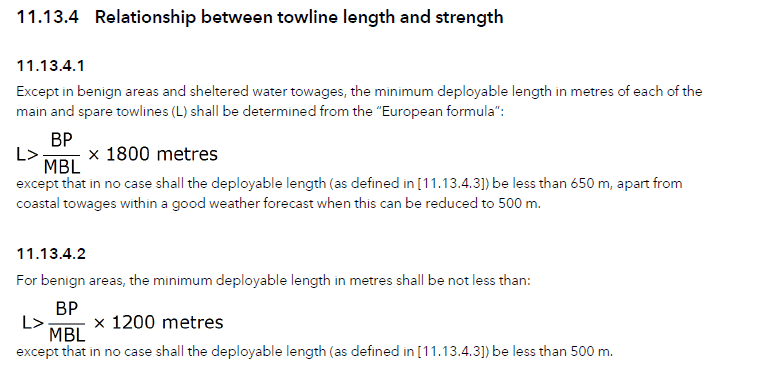
In no case can the towline length be less than 650 m for normal weather, and 500 m for benign weather.
Towing Gear aboard the towed vessel
Next, we move to the equipment required on the Vessel being towed.
The figure below shows a simple towing gear arrangement for connecting a Vessel to the tug
Before we delve into individual equipment, let’s discuss about the design of this towing gear. We can see that there are two chains/wires connected to two points on the Vessel to make a triangular shaped connection which meets at the apex. This combination of the two chains/wires and the apex along with the accessories is called a ‘towing bridle’. It is simply a means to connect the towline to the Vessel. If only a single chain/wire is used to connect to a single point on the Vessel, then there is high possibility of the Vessel swaying during the tow. The triangular bridle helps in better control of the Vessel during the tow.
Now let’s discuss all the paraphernalia in this arrangement one by one
- Tow connection – the Vessel needs hard points where the towing bridle can be connected. Generally, smit brackets welded to the deck of the Vessel are used for this connection. A typical smit bracket is shown below
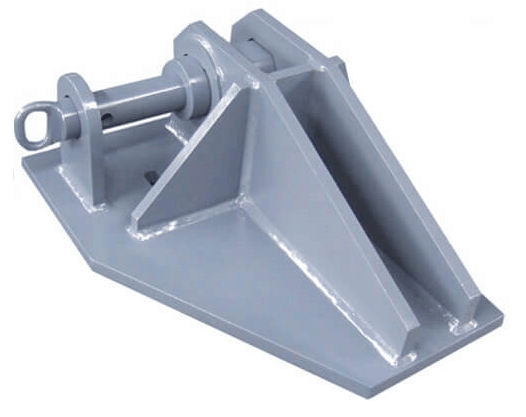
Source: https://pilotfits.com/products/smit-bracket/
- Closed Fairlead – fairleads (also called as ‘chocks’) are structures welded to the Vessel, and they serve as guides for chains which connect the hard point on the Vessel to the towing bridles. Basically, the fairlead protects the hull of the Vessel from the friction of the chain, and their smooth contour guides the chains during towing operation.
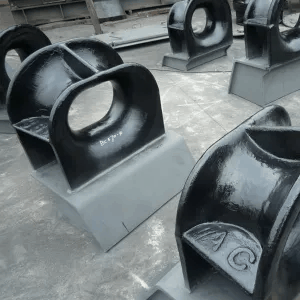
- Chafe Chain – chafe chains connect the hard point on the Vessel (smit brackets) with the towing bridles. If the bridles are connected directly to the smit brackets and guided through the fairleads, they will be subject to wear and tear due to the friction between them and the fairleads. The chain is deployed to protect the bridle from this wear and tear.
- Wire or chain bridle – these are the wires or chains which form the towing bridle and connect the chafe chains to the apex of the bridle. In some cases, these may be directly connected to the Vessel connection points without providing for chafe chains.
- Bridle Apex – the bridle apex is a structure which is a confluence of the towing bridles and the towing line. Thus, it needs to have three connection points – two for the towing bridles and one for the towing line. Bridle apex is designated by the following:
- Apex angle – This is the angle between the two bridles and should ideally be between 45 degrees and 60 degrees. If it exceeds 90 degrees, additional reinforcement of towing gear is needed
- Apex connection type – the connecting structure at the apex can be a delta plate or a towing ring. Enlarged shackles can also be used.
- Towing pennant – pennants are connections between the apex and the towing line. There can be a chain pennant connected to the apex, and another intermediate wire pennant connecting the chain pennant to the towing line. The main use of pennants is for ease of connection and reconnection with the towing line
- Shackles – Shackles are used at multiple points
- For connecting the chafe chain to bridle
- For connecting the bridle to apex
- For connecting the apex to the towing pennant
- Recovery system – For recovering the towing bridle in the event of towline breakage, the winch and the recovery wire form the recovery system.
Selecting the towing equipment
Next, we come to the method of selection of the towing gear. Any towing equipment will be specified by two parameters: its Breaking Load and its Size.
The requirements for both the parameters are provided in various sections of DNVGL-ST-N001. The following table lists the specific requirements of each item and the relevant section of the DNVGL-ST-N001 is also stated. These requirements do not cover a Salvage tug.
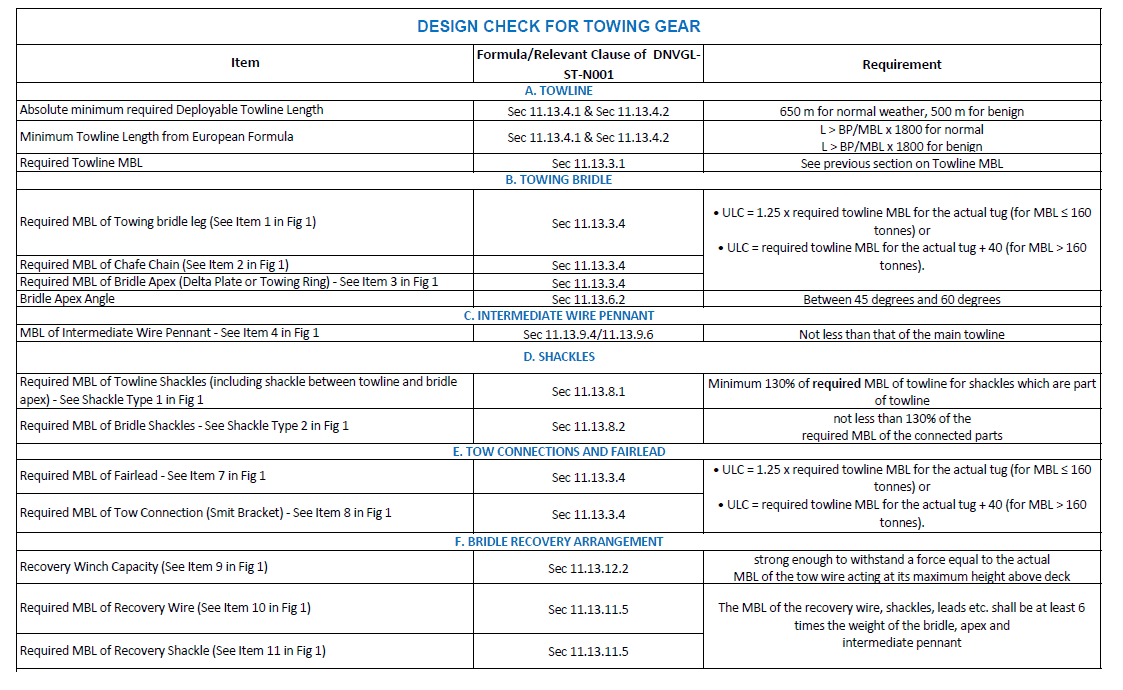
Thus, we can see that using the DNVGL-ST-N001, we can make an informed decision on selecting the right towing equipment for the vessel to be towed. In Part-2 we will see how we can select the right Emergency towing equipment for the tow.
References:
- DNVGL-ST-N001 Marine Operations and Marine Warranty
- https://www.shipownersclub.com/media/2015/08/PUBS-Loss-Prevention-Tug-and-Tow-Safety-and-Operational-Guide_A5_0715.pdf
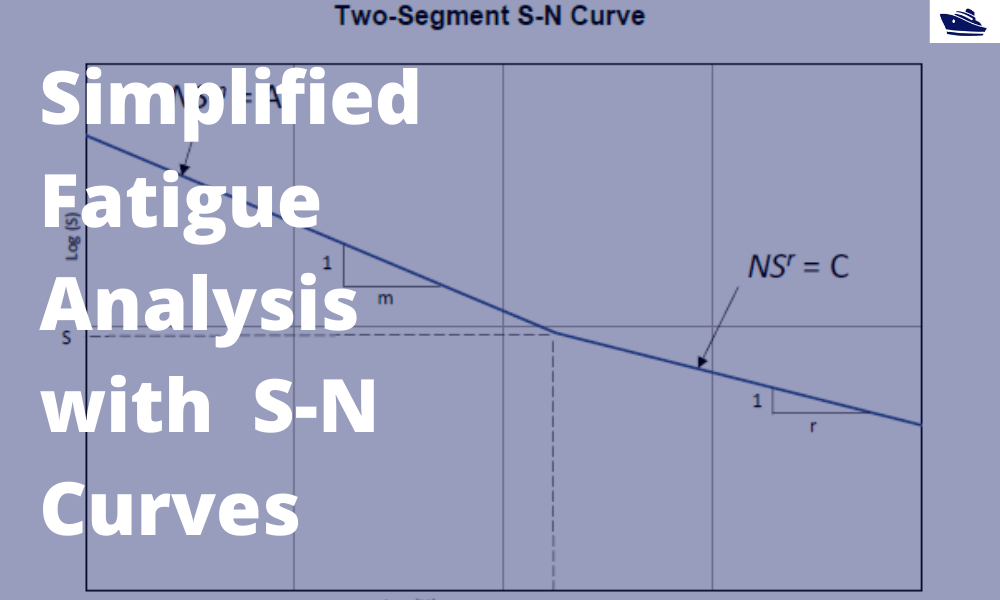
A simplified method of performing fatigue analysis of offshore structures
A simplified method of performing fatigue analysis of offshore structures Introduction An...
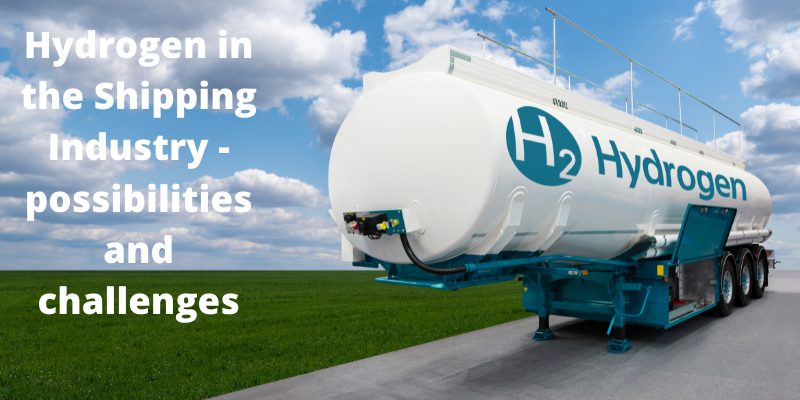
Powering the shipping industry with hydrogen: opportunities and challenges (Part 1)
Part 1: About Hydrogen – Basics, Opportunities, and Challenges Of late, hydrogen has been...
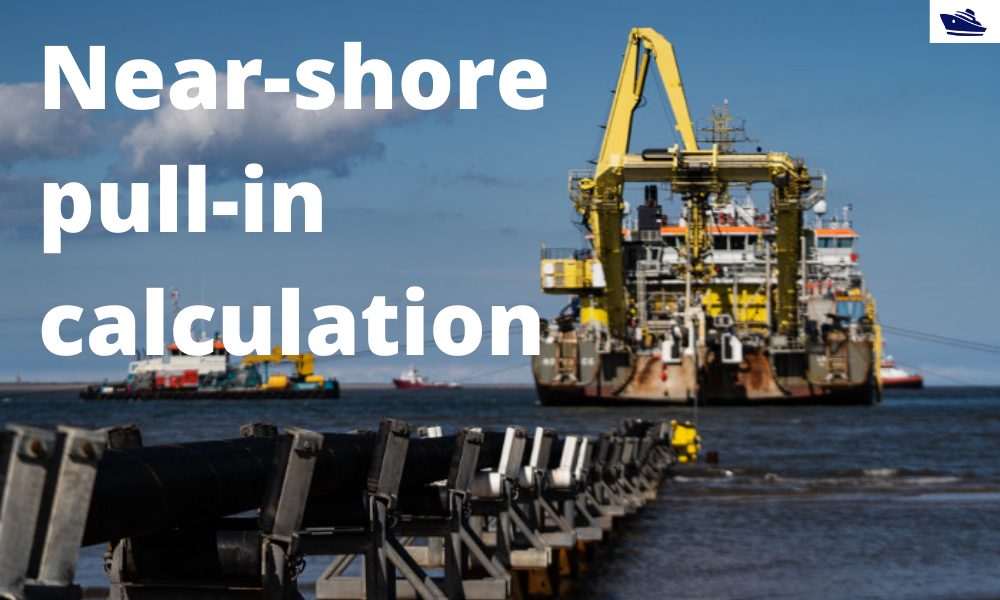
The importance of analysis in nearshore pull-in operation in offshore wind farms
Introduction Over the last 10 years, the global wind energy business has increased manifold. In...
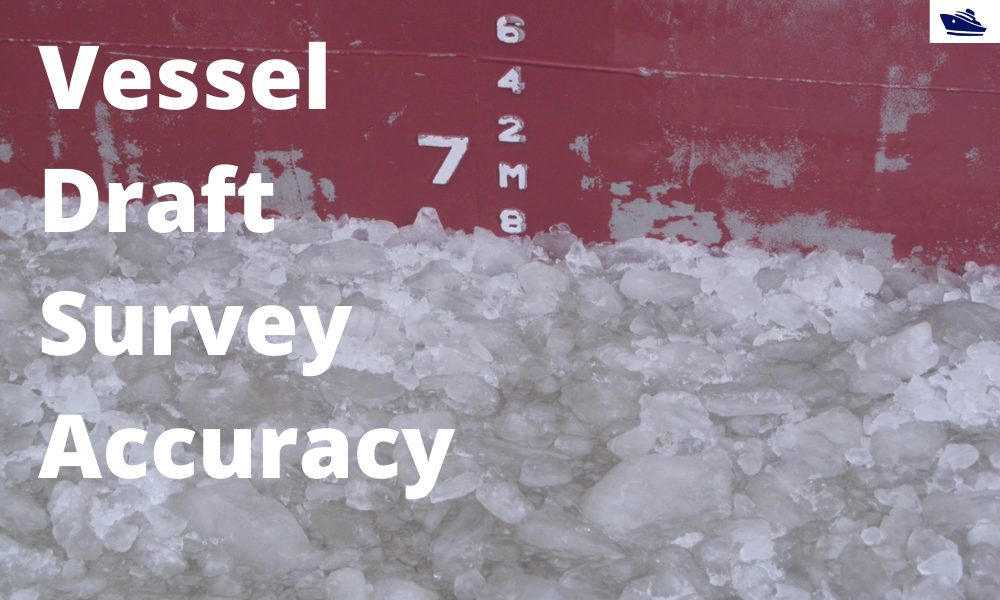
Vessel Draft Survey Accuracy
by Chris Zeringue, Owner, MTS Marine Techincal Surveyors ...
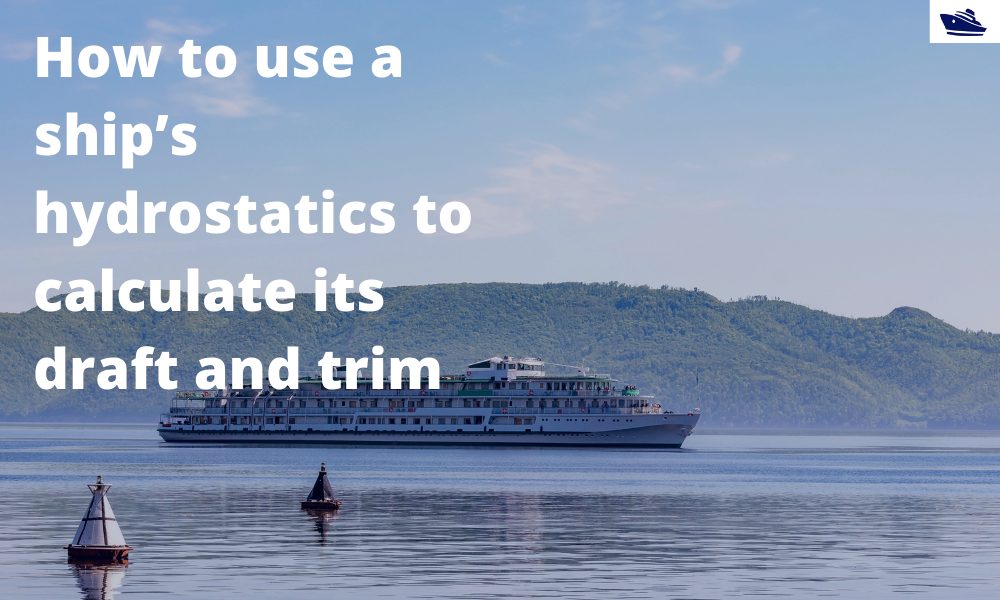
How to use a ship’s hydrostatics to calculate its draft and trim
Introduction A ship’s hydrostatics, or hydrostats, is an oft used term in maritime parlance, and...
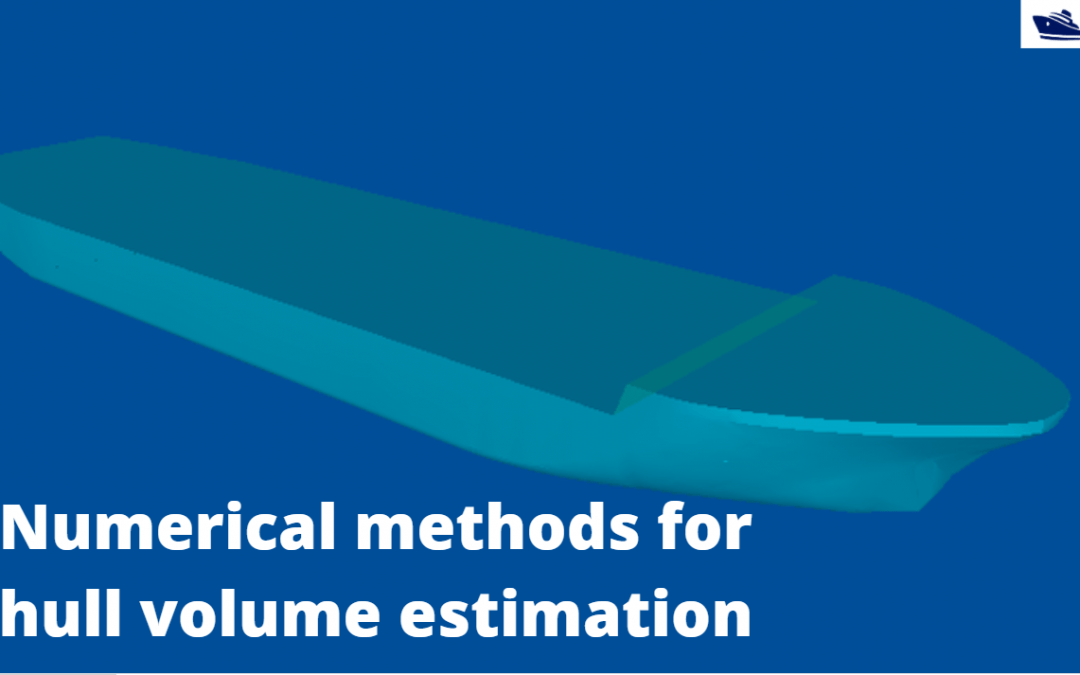
Numerical integration methods for hull volume estimation
Introduction The hull of a ship is a complex 3D geometry, and finding out its simple properties...
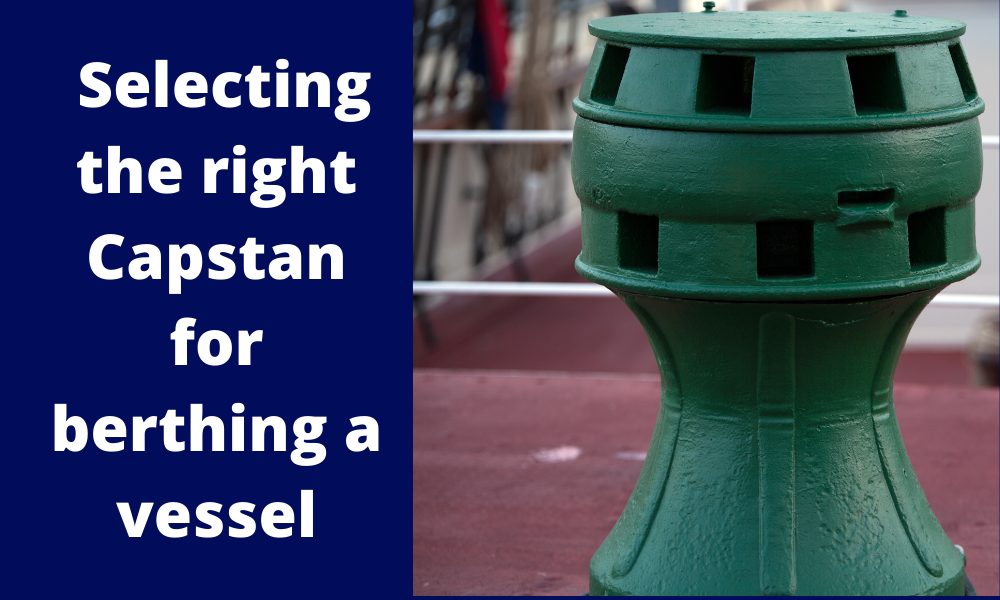
Selecting the right Capstan for berthing a vessel
Introduction Capstans are frequently deployed mooring equipment used on all types of vessels....
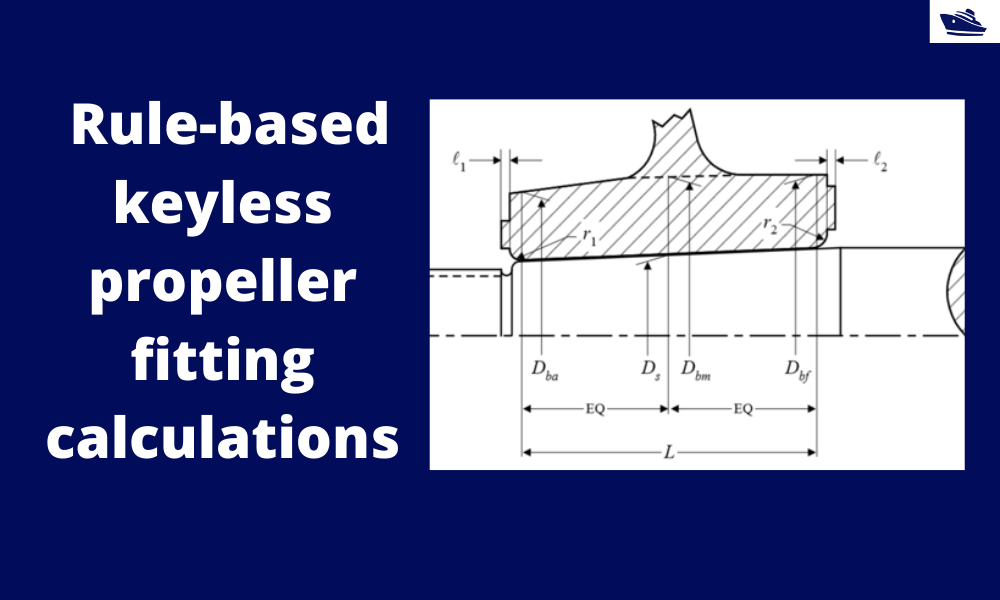
How to do rule-based fitting calculations of a keyless propeller
Introduction A keyless propeller, as the name implies, requires no key for fastening the propeller...
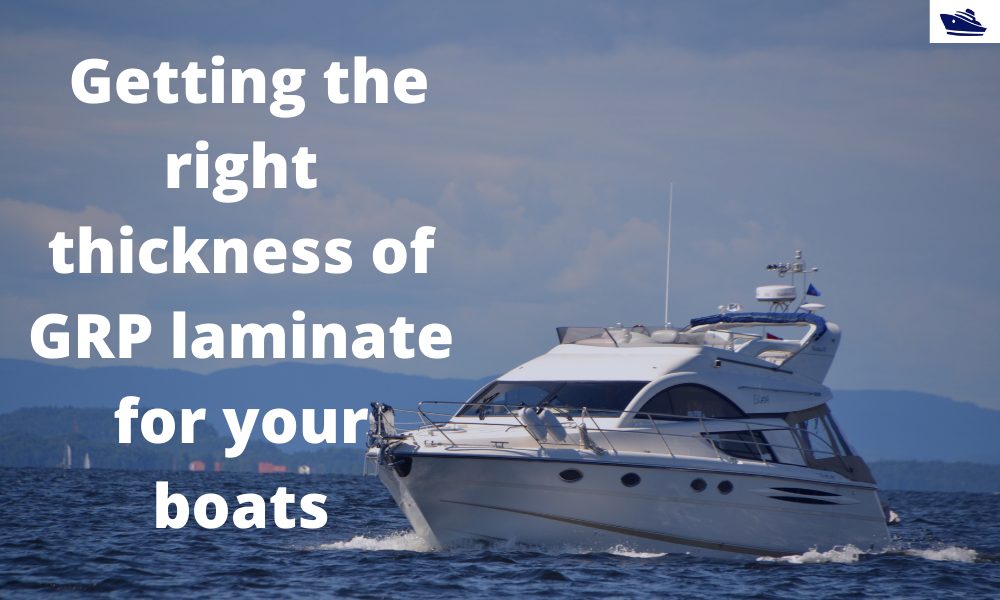
Getting the right thickness of GRP laminate for your boats
Introduction GRP laminates are widely used in the fabrication of high-speed crafts and light...
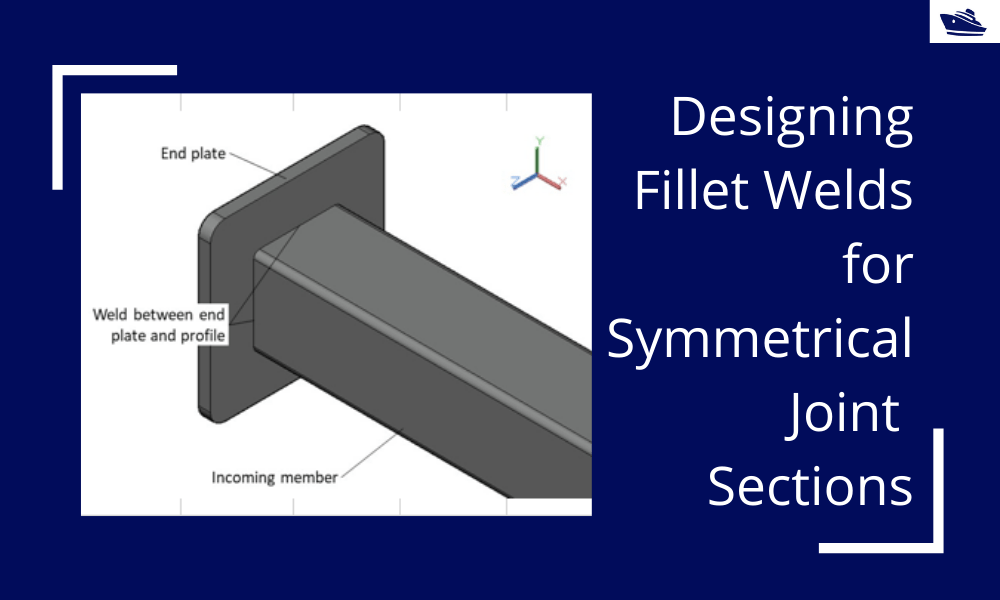
Designing Fillet Welds for Symmetrical Joint Sections
Introduction Fillet welds are the most commonly used weld types in marine structures. A fillet...


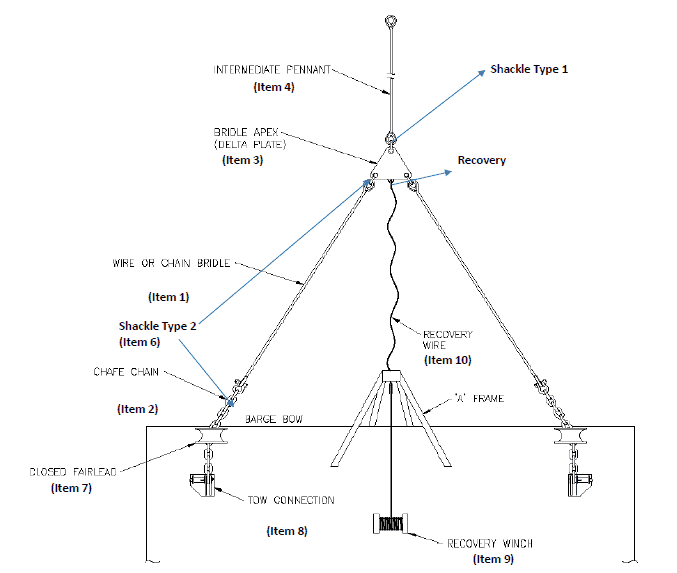
We are into offshore activities
Dear Sir,
I trust this message finds you in good health.
We are actively seeking to acquire approximately 500 tons of used marine ropes (PP, PA, PE) from ship waste management through your esteemed company.
Kindly take a moment to review the attached images for your reference.
Having explored your website, I find it truly inspiring and believe that you can greatly contribute to our business improvement.
Currently, we source materials from various locations such as Norway, Spain, Belgium, Denmark, and Singapore, which can be quite slow. Hence, I kindly request your assistance in procuring the mentioned materials and providing details on pricing, quantities, and terms and conditions.
I would be delighted to engage in a discussion to address any inquiries you may have.
Your swift response to this matter is greatly appreciated.
Should you know of anyone else who could benefit from this opportunity, please do not hesitate to share this email with them.
Thank you for your consideration.
Best Regards,
Sea World Solutions
+447747268990
WhatsApp